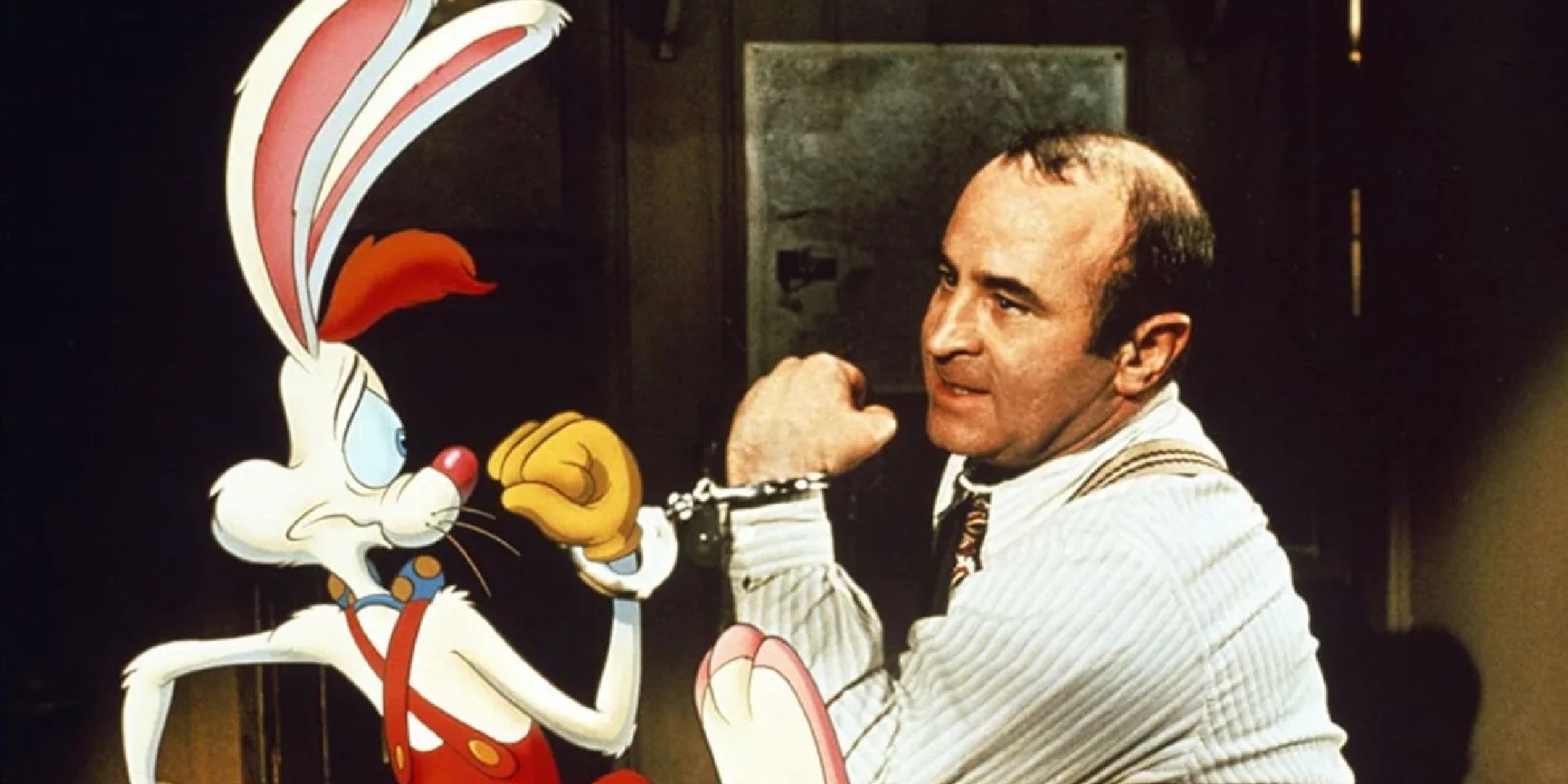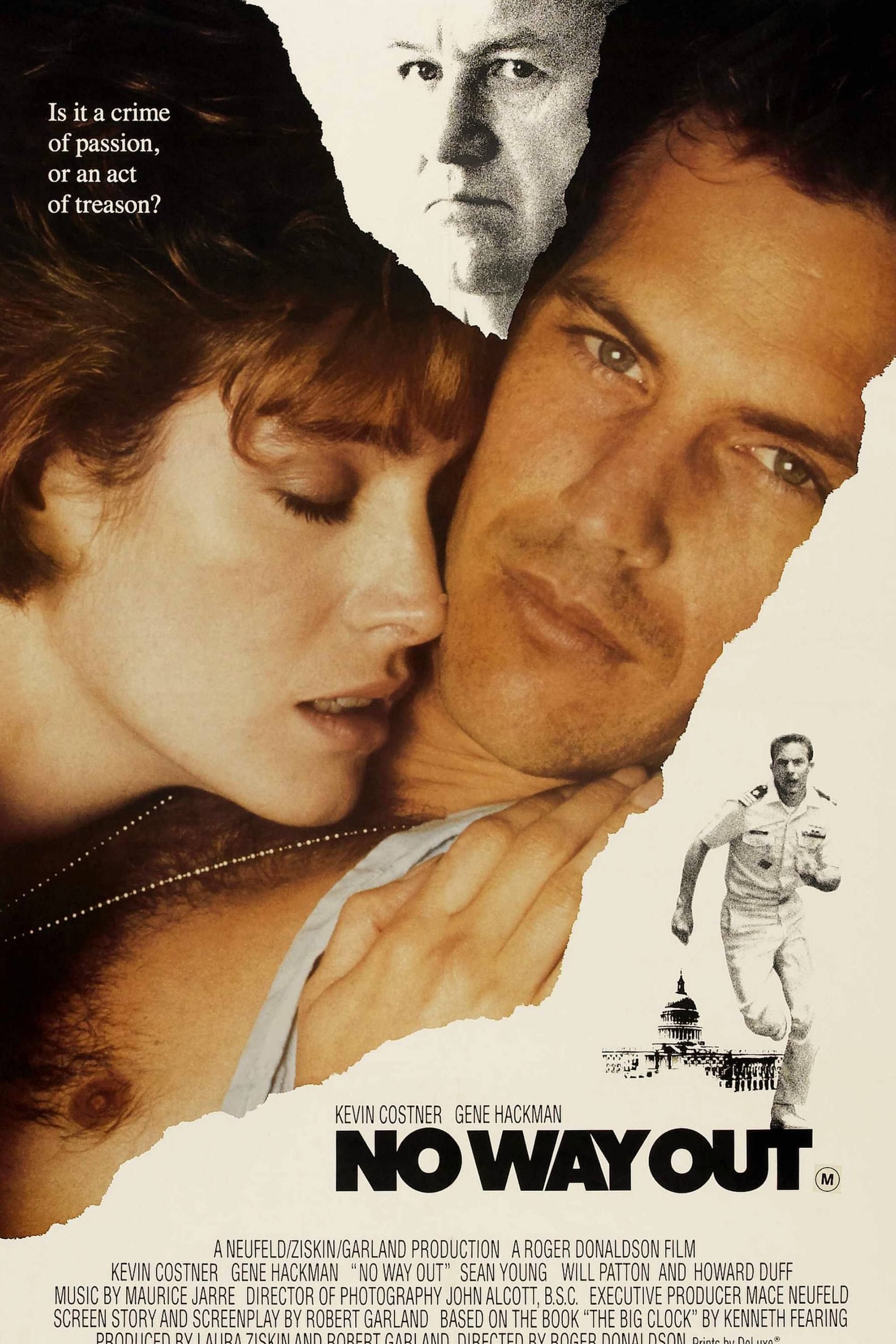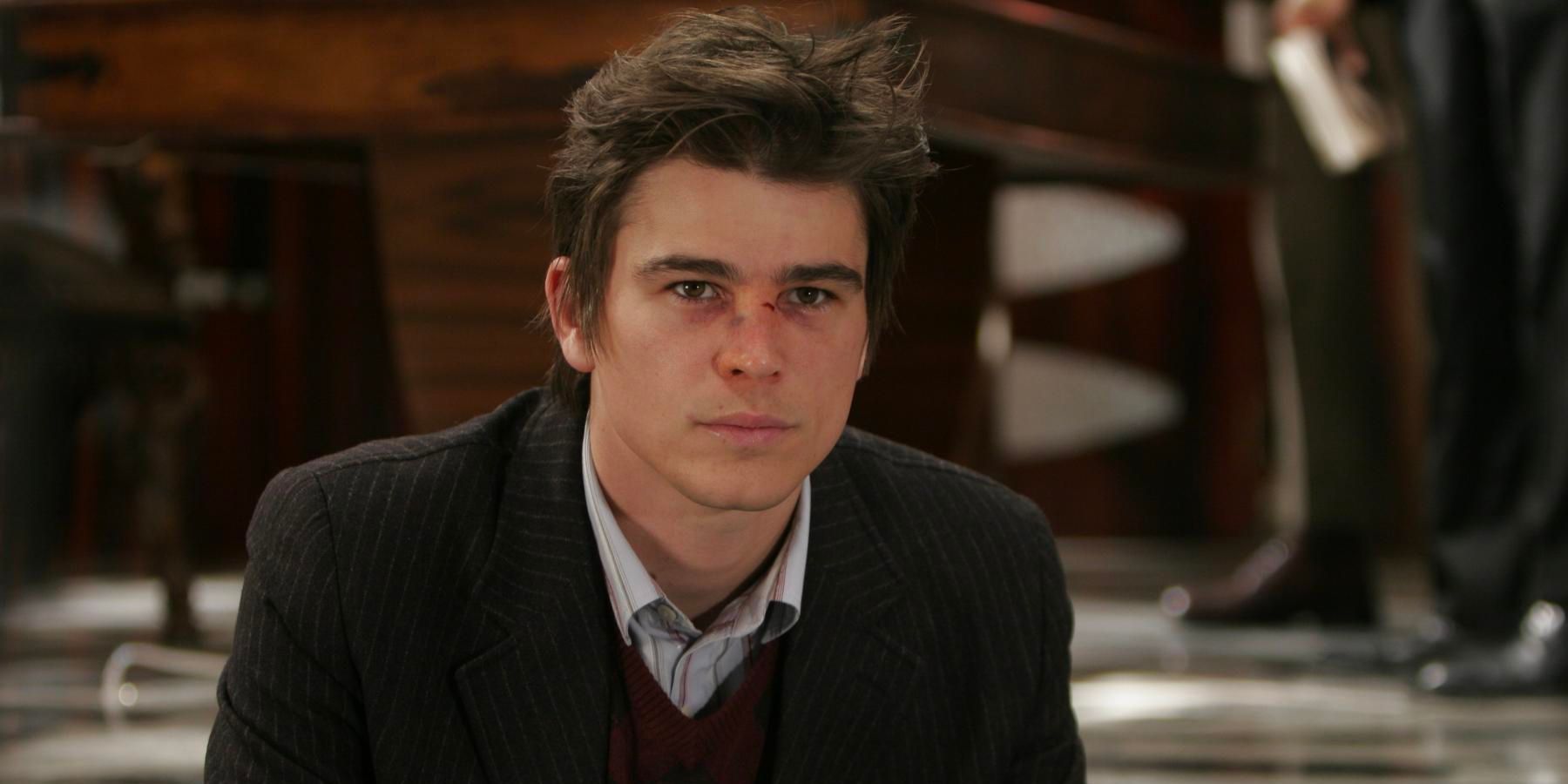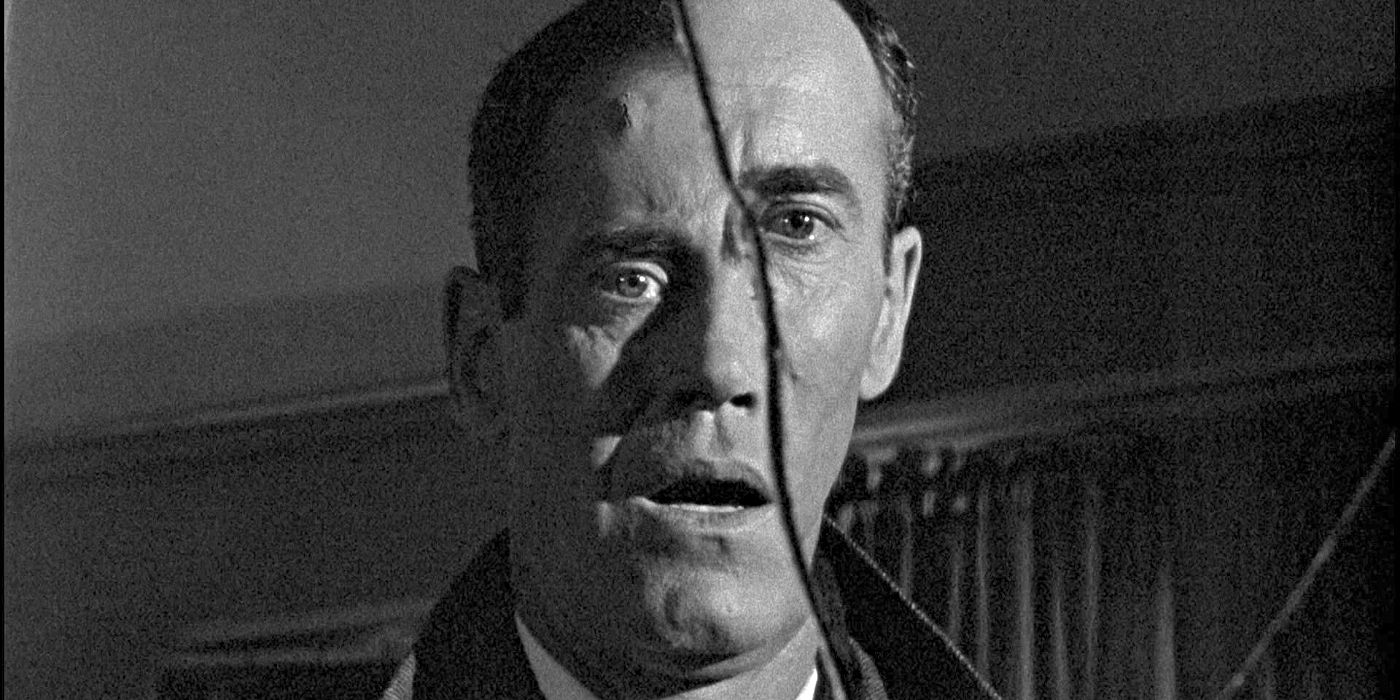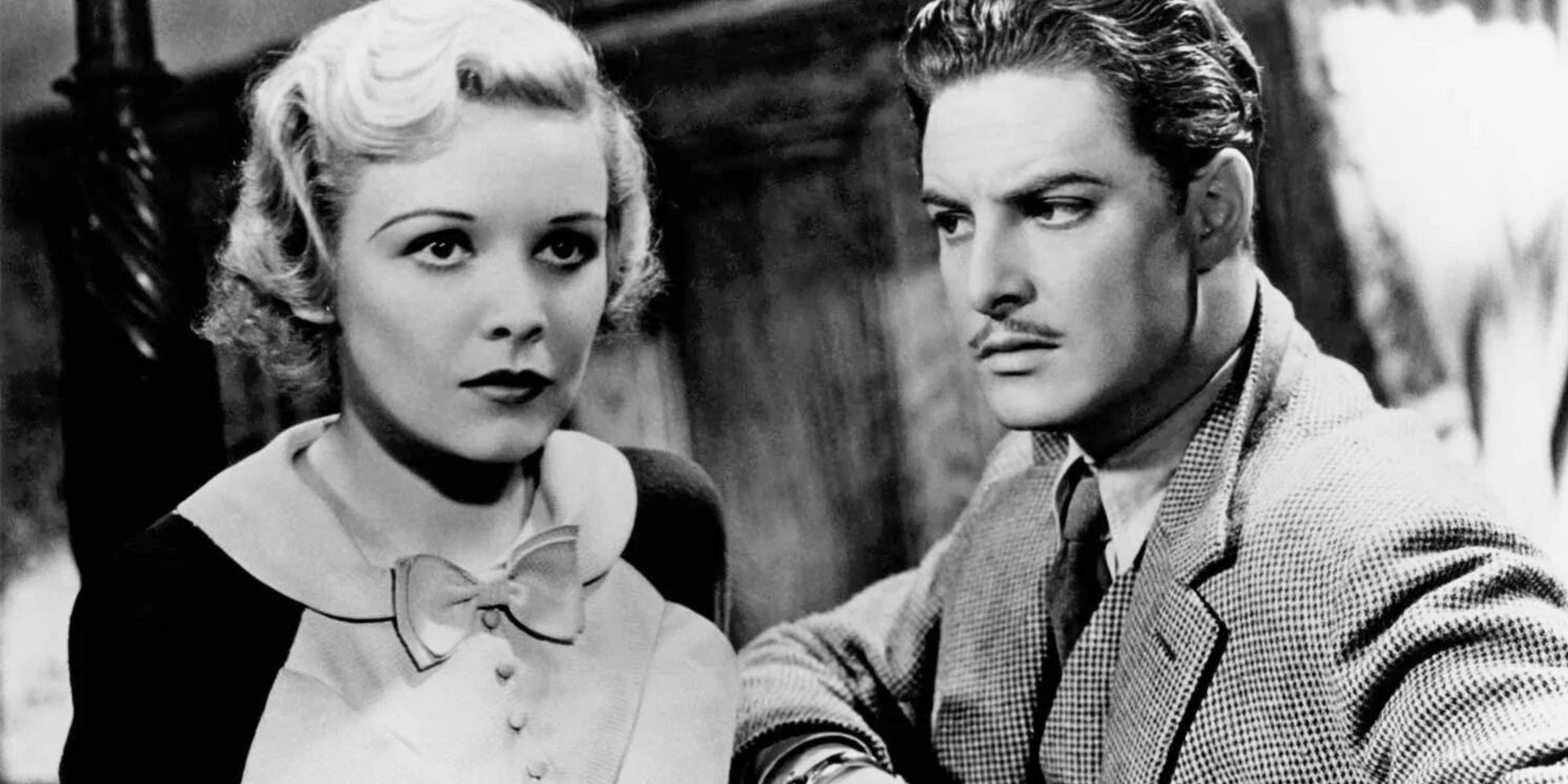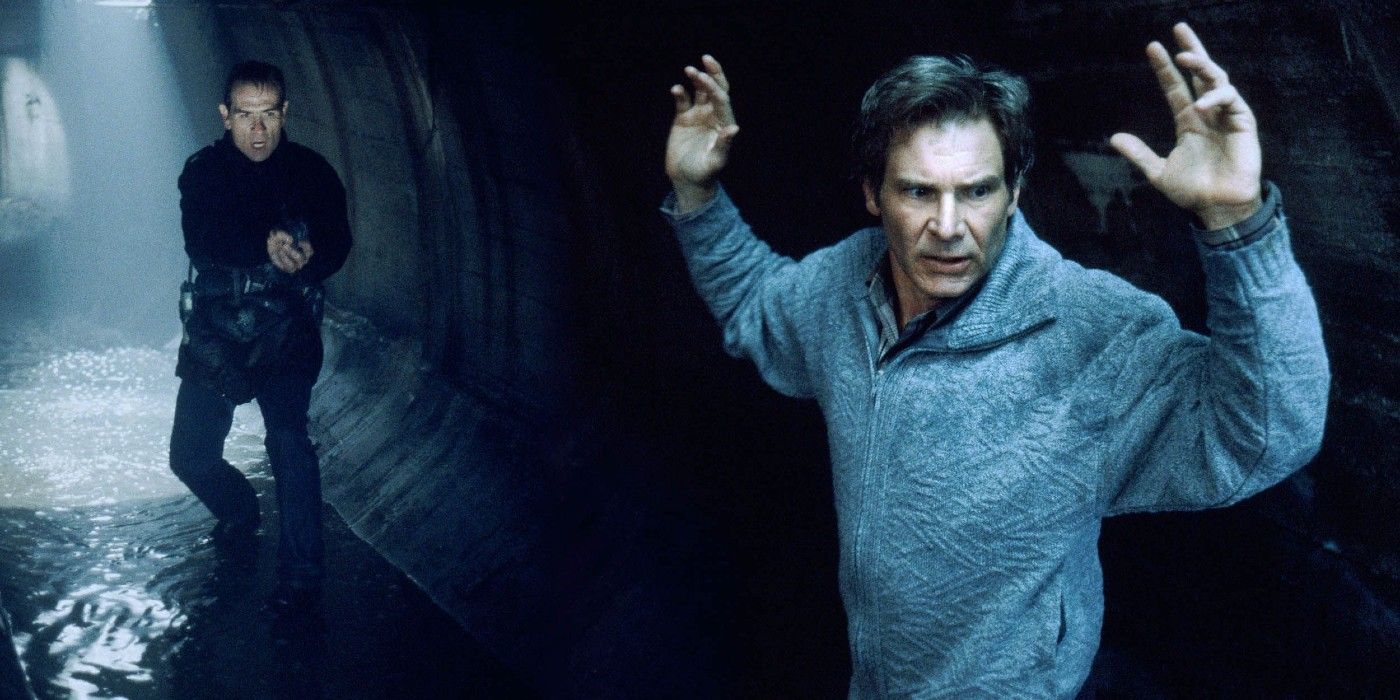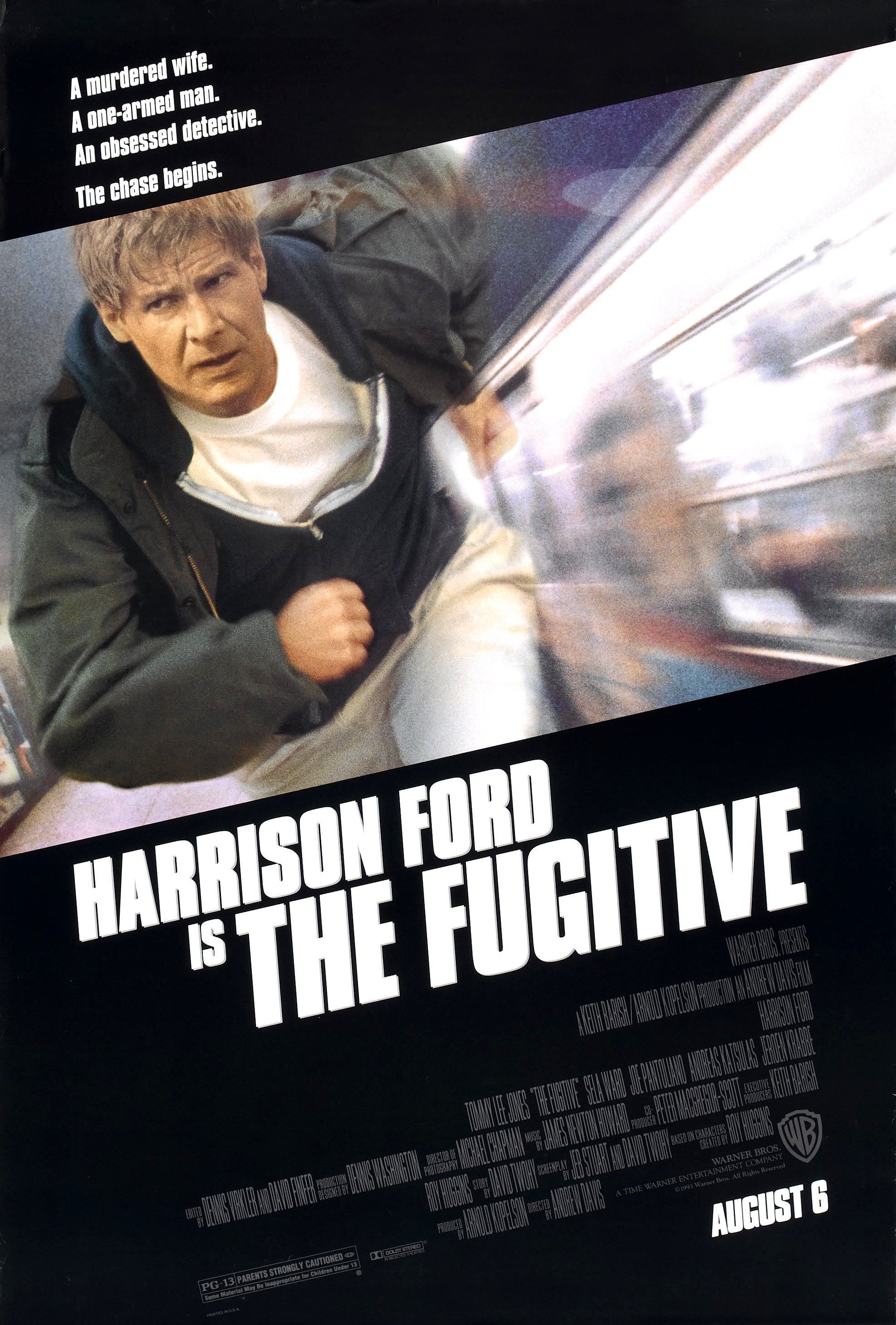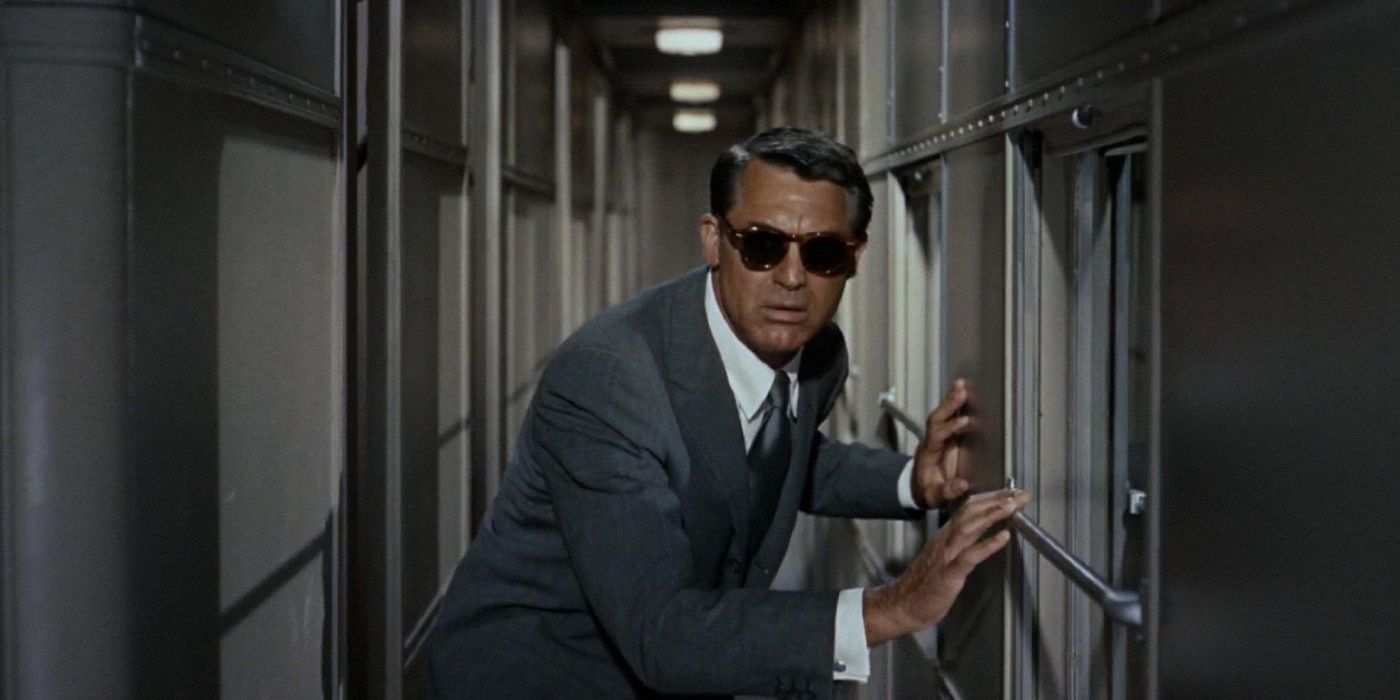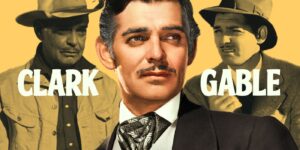10 Best Wrong Man Movies, Ranked
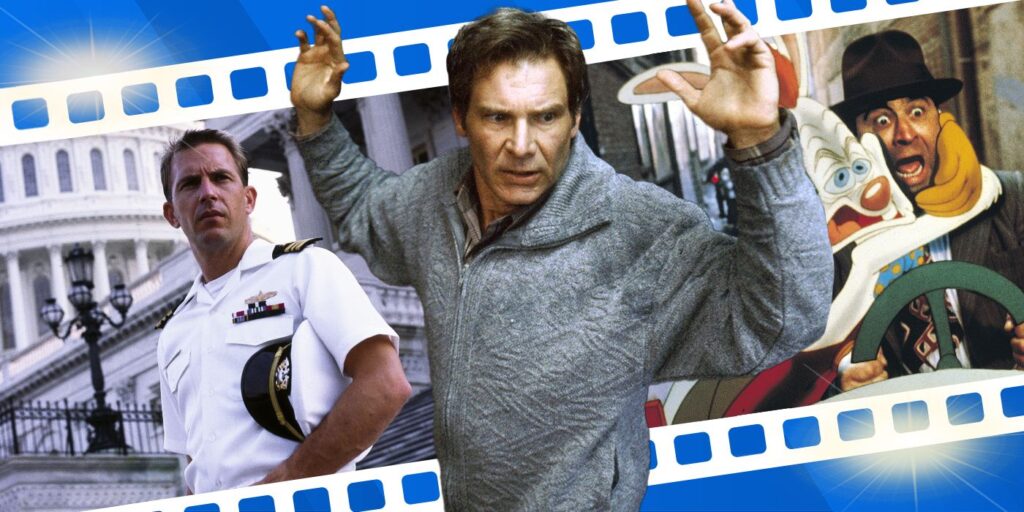
The “wrong man” trope is a very common one for thrillers and film noir, and no one’s mastered it quite as well as Alfred Hitchcock. He’s directed so many “wrong men” that at least three of his features count as the best of the best in the category. However, other writers and directors tackled the topic, too, from some lighter and more comical spins to downright confusing and highly complex ones.
Intrigue, mystery, murder, and deceit are at the core of every “wrong man” movie, but their main character is always some poor dude that didn’t do any of those things. Some honorable mentions go to the confusing but legendary The Big Sleep, Red Corner with Richard Gere, and The Glass Key and This Gun for Hire with Alan Ladd and Veronica Lake. The 10 best wrong man movies wear the trope like a badge of honor.
10
‘The Big Lebowski’ (1998)
Directed by Joel & Ethan Coen
The Big Lebowski is an unlikely choice of a wrong-man movie, but if all the movies on the list were purely noir, that would be a little one-sided. All the purely “wrong man” movies would be the right picks, but variety is the spice of life and that’s why The Big Lebowski earns a spot. The “wrong man” trope here is a little bit twisted, as The Dude (Jeff Bridges) is not the one that the criminals who pee on his rug think he is.
The Big Lebowski follows Jeff “The Dude” Lebowski (Bridges), a stoner and all-around chill guy who gets mistaken for a wealthy namesake. After thugs come to his home and destroy his rug as a warning, The Dude realizes he was mistaken for another Jeff Lebowski, a wealthy businessman. He visits the real guy to ask for compensation for the rug but gets entangled in a bizarre kidnapping plot with that visit. The Big Lebowski is kind of like stoner noir, since the Coens were seemingly inspired by mystery writer Raymond Chandler. There’s not much suspense, but there is a wild array of characters and The Dude’s interesting attitude toward the seemingly catastrophic things happening to him.
9
‘Who Framed Roger Rabbit’ (1988)
Directed by Robert Zemeckis
Another wrong man movie that may not be your first association, Who Framed Roger Rabbit, is a slight cut above The Big Lebowski because it has a classically noir trope, which hides in its very name. A world in which toons and humans live together, Who Framed Roger Rabbit is a bit of a dark spin on what we often consider a children’s story in our childhoods. The movie went through years of production hell until Robert Zemeckis was finally onboarded, and Steven Spielberg became a producer. Roger Rabbit was universally well-accepted, and it’s a greatly creative perspective on the Golden Age of Hollywood and its most prominent noir movies.
Who Framed Roger Rabbit is set in 1947, in an alternate Hollywood. Animated characters, aka toons, and humans live side by side, and the story focuses on private detective Eddie Valiant (Bob Hoskins), who hates toons. He gets hired to investigate Roger Rabbit, a famous actor, and his wife, Jessica Rabbit, with the suspicion that she’s cheating on him. However, after Eddie shows Roger the evidence, Jessica’s suspected lover is found dead and all traces lead to Roger. Hoskins’ career in the ’80s went in every direction, but his comedy chops in Roger Rabbit helped him become a cinema legend; his performance, as well as the technical achievements of the film, are still praised. This wrong man movie is more like a wrong rabbit flick but is worth a mention and a watch.
8
‘The Blue Dahlia’ (1946)
Directed by George Marshall
Now onto some real wrong man noir movies, The Blue Dahlia is one in a series of several Alan Ladd and Veronica Lake collaborations. It’s a slight cut above the rest because Raymond Chandler, a famous detective mystery writer, penned the screenplay, and it was his first. Though production started without a finished script, which can often lead to disaster, The Blue Dahlia turned out beautifully. From its grim atmosphere and tension to its stylistic and cinematographic choices, the movie takes the typical trope and turns it into a classy, everlasting feature.
The Blue Dahlia follows a World War II naval veteran, Johnny Morrisson (Ladd), returning home after being discharged early. When he visits his wife, Helen (Doris Dowling), he realizes she parties all the time and is having an affair with Eddie (Howard Da Silva), the owner of the local nightclub, The Blue Dahlia. After a difficult argument, Johnny leaves, but Helen soon ends up dead, and he’s the prime suspect. Ladd takes the reins as the leading wrong man with style and flash; he’s motivated and keen while still a warm and likable protagonist. This underrated noir film is among the best wrong man movies out there.
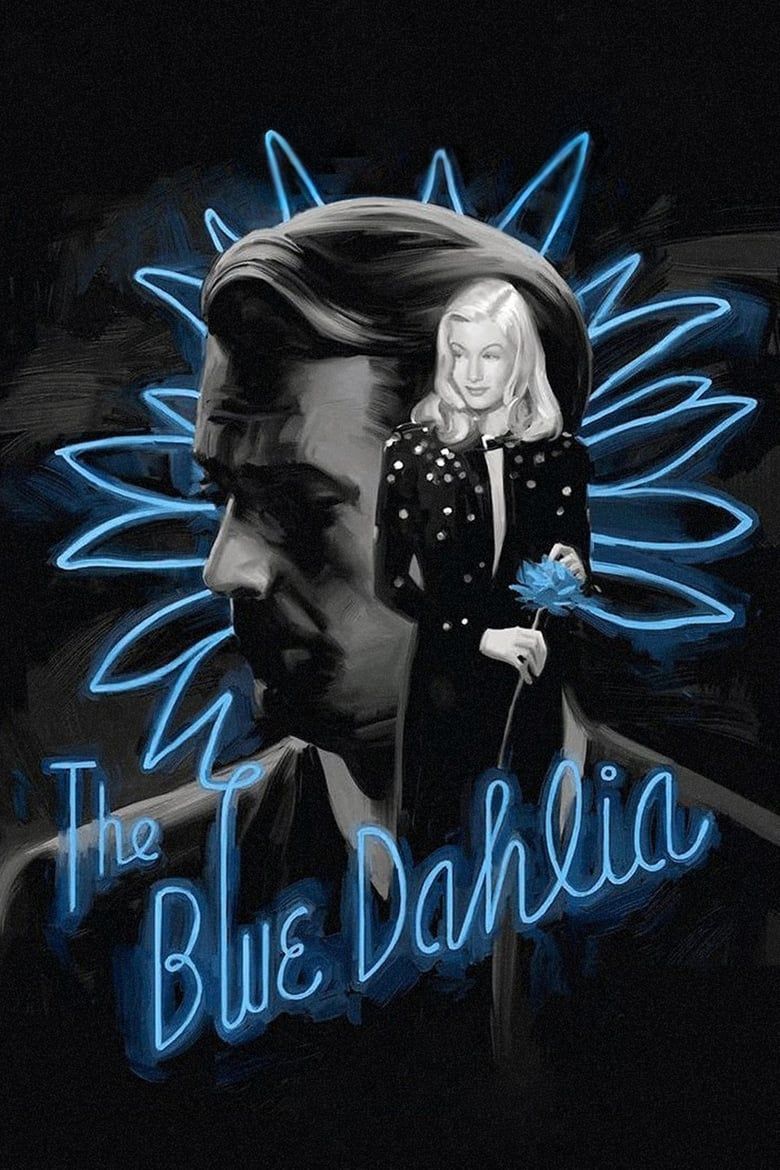
- Release Date
-
April 16, 1946
- Runtime
-
96 minutes
-

Alan Ladd
Johnny Morrison
-

Veronica Lake
Joyce Harwood
-

William Bendix
Buzz Wanchek
-

Howard Da Silva
Eddie Harwood
7
‘No Way Out’ (1987)
Directed by Roger Donaldson
The Kevin Costner-led No Way Out is an adaptation of the novel The Big Clock, which was also made as a classic film noir of the same name. The reason this ’80s version might be a bit better than the first adaptation is because No Way Out is stylistically very interesting, it has a brilliant cast, and it is a tense political thriller that puts the wrong man trope on a ticking clock. The movie’s tense atmosphere has a tight storyline; it’s twisty, slick, and very easy to follow, and it will have you at the edge of your seat during its runtime.
No Way Out follows Lieutenant Commander Tom Farrell (Costner), who meets and falls in love with Susan Atwell (Sean Young); Susan is Secretary Brice’s (Gene Hackman) mistress, who is Farrell’s boss, but they continue their relationship anyway. When Susan is found dead, all eyes are on Farrell, who has all the evidence pointing against him. Critics and audiences loved No Way Out, including Roger Ebert, who wrote, “No Way Out is a superior example of the genre, a film in which a simple situation grows more and more complex until it turns into a nightmare.”
6
‘Lucky Number Slevin’ (2006)
Directed by Paul McGuigan
Lucky Number Slevin is literally called The Wrong Man in some parts of the world, but since there is a well-known Hitchcock movie of the same name (also on this list), Lucky Number Slevin is a pretty great title. Though it received mixed reviews upon release, fans today consider it one of the wrong man movies with the most exceptional twists. The movie begins with mistaken identity and leans into plotting that delivers some interesting twists; it’s a modern genre-bending spin on the wrong man trope, with some revenge plots tucked in there for the sake of being more interesting.
Lucky Number Slevin follows Slevin Kelevra (Josh Hartnett), a regular guy who goes to visit his friend Nick (Sam Jaeger) but gets mistaken for him by not one but two criminal organizations. On Slevin’s tail is also the hired killer Goodkat (Bruce Willis), who chases him around town. There are several twists that make the movie interesting; though some found the movie convoluted, it’s not that difficult to follow, and it’s a brilliant spin on the wrong man trope.
5
‘Dark Passage’ (1947)
Directed by Delmer Daves
The Bogey and Bacall feature on the list that isn’t totally confusing is Dark Passage, a creative example of how the wrong man trope is emotional and psychologically grounded and not just chase-driven or presented with a time crunch. Bogart was exceptional in more emotional roles, including one other “wrong man” drama, In a Lonely Place, which might be his best performance. Choosing Dark Passage over In a Lonely Place is for the sake of omitting The Big Sleep; Bogart and Bacall had intense and beautiful chemistry, obvious in all of their films, and Dark Passage is a great, underrated example of that.
Dark Passage follows Vincent Parry escaping from San Quentin prison, where he is picked up by a woman who’s been following his case, Irene (Bacall), and believes he was wrongly accused. To avoid being found by the authorities and the real killer, Parry undergoes plastic surgery that changes his appearance – now Bogart. The first half of the movie uses a first-person camera, and it’s a unique filming method for a noir film; we don’t really see Parry until his face changes. Though implausible in many ways, Dark Passage employs a certain melancholy and is a different kind of wrong-man movie, though very typical for the trope.
4
‘The Wrong Man’ (1956)
Directed by Alfred Hitchcock
Hitchcock thrived in the wrong man genre; several of his movies have this premise, and each is as good as the last. Though repetitive in terms of topic, these movies are never dull, mainly because of Hitchcock’s ability to create and maintain suspense throughout his films. The Wrong Man is his only movie based on a true story where mistaken identities prevailed. Different from, say, North by Northwest, The Wrong Man is stark, procedural, and even tragic; the sobering story gives off a lot of dread and not too many thrills.
The Wrong Man was based on the book The True Story of Christopher Emmanuel Balestrero, written by Maxwell Anderson, and the Life magazine article “A Case of Identity.” Henry Fonda plays Christopher Emmanuel Balestrero, aka Manny, an NYC-based musician who gets accused of having robbed a life insurance company. The story depicts the events of Manny’s questioning and trial, as well as the emotional and mental toll the accusations have on him and his wife. At the beginning, Hitchcock appears to say that every word of the movie is true.
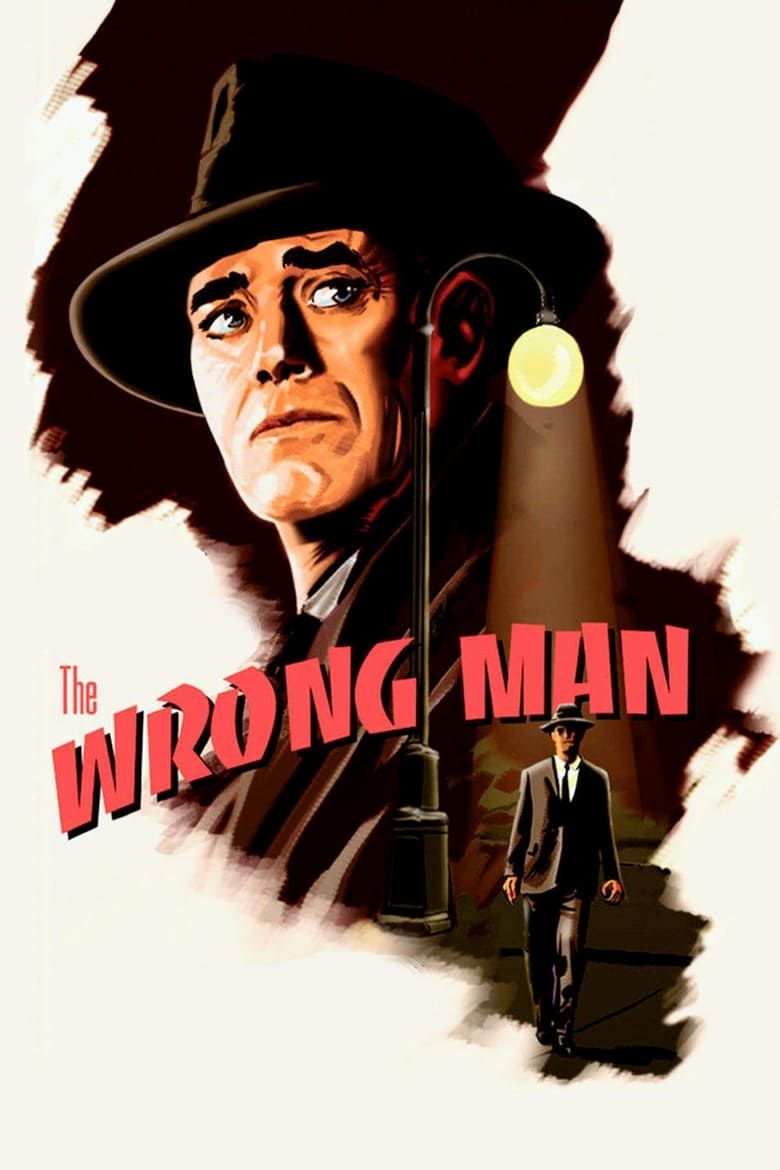
The Wrong Man
- Release Date
-
December 22, 1956
- Runtime
-
105 minutes
Cast
-

Henry Fonda
Manny Balestrero
-

Vera Miles
Rose Balestrero
-

Anthony Quayle
Frank D. O’Connor
-

Harold J. Stone
Detective Lt. Bowers
3
‘The 39 Steps’ (1935)
Directed by Alfred Hitchcock
Another Hitchcock classic, The 39 Steps, is among his best works. It’s another “wrong man” plot, only this time, the movie is quick and suspenseful; it’s an early representation of the classic Hitchcock formula. The 39 Steps is also a prototype for countless thrillers that came after it, giving the genre a boost and a leg up. Hitchcock stood against a wall and intertwined his fingers together so every other suspense director could climb up that wall later, basically. Often considered the best British film of all time, The 39 Steps is a brilliant depiction of an age-old innocent-man-on-the-run story.
The 39 Steps follows Richard Hannay (Robert Donat), a man attending the show of an illusionist called Mr. Memory, when gunshots are fired and a beautiful woman lands in his arms, claiming to be a spy called Annabella Smith (Lucie Mannheim). Soon, Richard finds himself on the run, having to clear his name and following clues that take him all over the UK. It’s a pretty great movie to indulge in UK landscapes, too, like the Scottish Highlands and the Forth Bridge, showing off Hitchcock’s motherland through innovative filming.
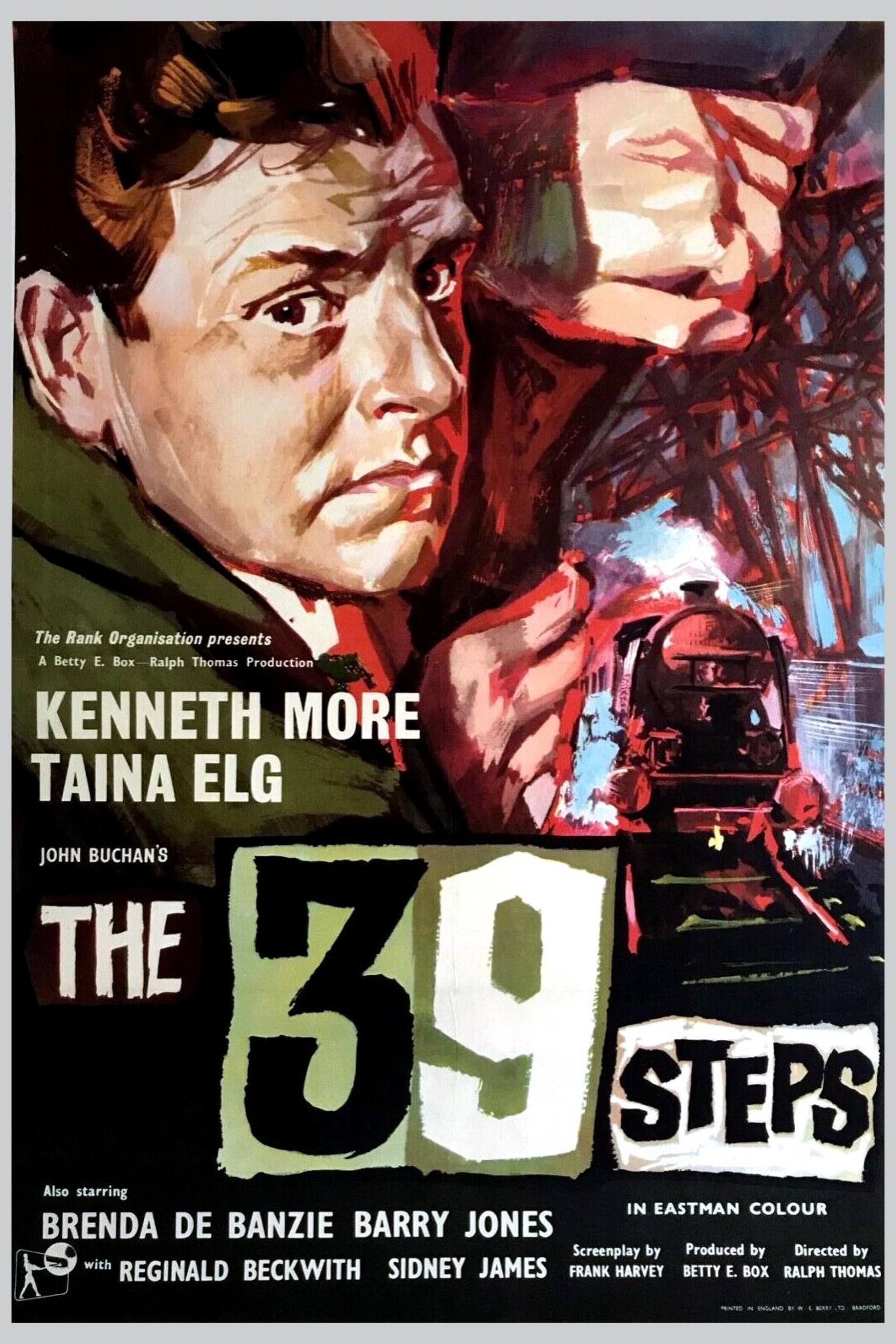
- Release Date
-
July 31, 1935
- Runtime
-
86 Minutes
-

-

-

Lucie Mannheim
Miss Smith
-

Godfrey Tearle
Professor Jordan
2
‘The Fugitive’ (1993)
Directed by Andrew Davis
The Harrison Ford-led The Fugitive is an exciting, adrenaline-fueled representation of the wrong man genre; high-octane action paired with an emotionally driven plot uses the mistaken identity beautifully and takes viewers on an intense rollercoaster ride. The Fugitive was awarded numerous accolades, including a Best Supporting Actor win for Tommy Lee Jones. It was also based on a series of the same name from the 1960s, inspired by the real-life trial of doctor Sam Sheppard, who was convicted in 1954 and released in 1966.
The Fugitive is about Dr. Richard Kimble (Ford), who gets arrested for the murder of his wife, Helen (Sela Ward). Richard claims he saw someone commit the crime, but evidence is stacked against him, and he must now run and solve the murder on his own; while doing so, Kimble is pursued by a team of US Marshalls, led by the adamant Sam Gerard (Jones). The Fugitive is one of the best and most exciting movies in the wrong man category, also because of its technical perfections – it has exceptional sound design and editing, for which it was also nominated.
1
‘North by Northwest’ (1959)
Directed by Alfred Hitchcock
North by Northwest is, undoubtedly, the definitive “wrong man” thriller. It has everything, from mistaken identities and suspense to wit and irresistible charm. It’s the best Cary Grant and Hitchcock collab because of its epic scale and beautiful settings, but also because it makes Grant seem like a sort of James Bond – despite not wanting to participate in it all. This canonical Hitchcock film helped make the 1950s an exciting era for thrillers and globe-trotting chases, especially making the cut as an influential spy movie for the ages.
North by Northwest follows ad executive Roger Thornhill (Grant), who gets mistaken for a certain George Kaplan. When Thornhill gets involved with people chasing after Kaplan, a spy plot is uncovered, involving even UN officials. Thornhill needs to prove he’s not Kaplan and does so with the help of his mother, Clara (Jessie Royce Landis) and a stunning woman he meets on a train, Eve Kendall (Eva Marie Saint). Grant manages to be witty and charming amid the relentless race against time, embodying a great action hero. His work with Hitchcock would often put him in a good light, and North by Northwest elevates the relationship.


